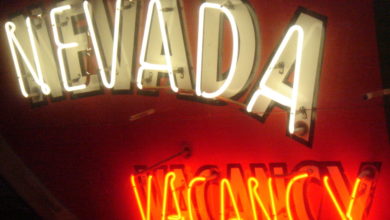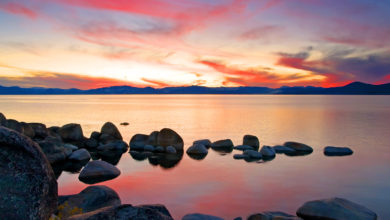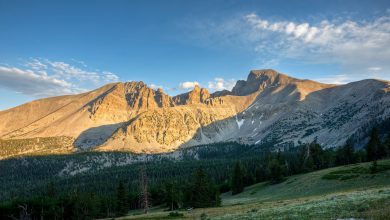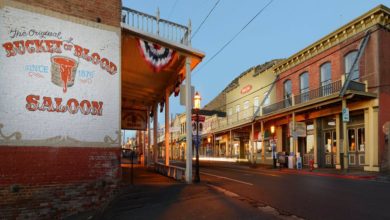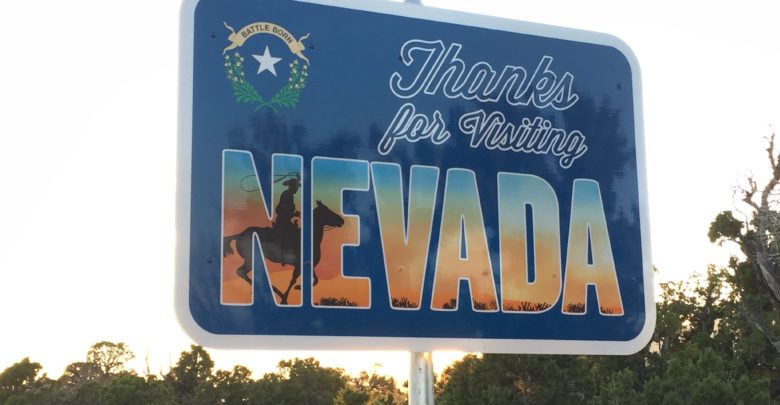
Though it’s best known as the home of “Sin City”, there’s more to this southwestern state than opulence and spectacle.
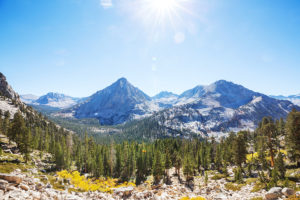
1. Its Name is Spanish for “Snow-Covered”
While the vast majority of Nevada is covered by arid desert, its name is actually derived from the snow-capped peaks of the Sierra Nevada mountain range that runs along the western border of the state. Spanish sailors spied the distant range while off the coast of California – where, ironically, the mountains for which Nevada is named are primarily located. In addition to the Sierra Nevada range, the Ruby Mountains in the northeastern quadrant of the state are also covered in snow for about half the year. Despite this, Nevada remains the driest state in the country, receiving less than 10 inches of rain per year on average.
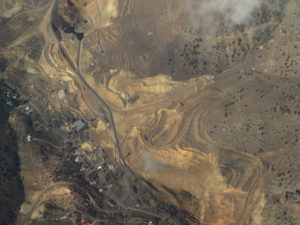
2. It Sets the Gold Standard
Slot machines and all-you-can-eat buffets may be plentiful in Nevada, but its most abundant natural resource is actually gold. Not only does the state feature the most productive gold mines in the country, the region ranks second in the world in production of the precious metal, behind only South Africa. As recently as 2017, Nevada mines were responsible for 71% of the gold to come out of the United States, with an estimated value of more than $7 billion. Before setting the gold standard, Nevada was better known as a leading producer of another precious metal; silver. The silver rush of 1859 – which occurred after the discovery of the Comstock Lode – led to a plethora of prospectors descending upon the area to seek their fortune.
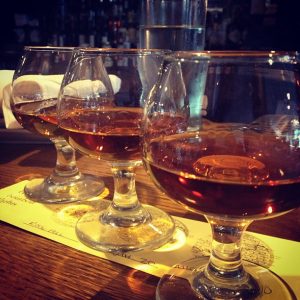
3. Public Intoxication Isn’t Illegal
Most states generally frown upon its citizens being found to be drunk and disorderly. Nevada, however, not only doesn’t have a law on the books to punish people for public intoxication, it has actually enacted legislation that specifically prohibits any legal ramifications for such an infraction. However, those found to be drunk in public can still be arrested for other related offenses, including disorderly conduct, DUI, and public urination. Nevada also features a statewide law that allows for the sale of alcohol 24 hours a day. Just make sure not to “drive” a camel to the local convenience store, as it is illegal to ride the hump-backed animal on any state highway.
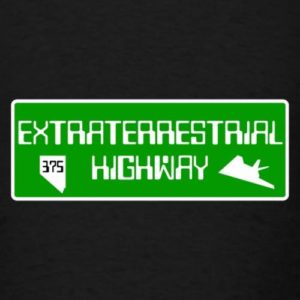
4. You Can Travel the Extraterrestrial Highway
Nevada State Route 375 is a 98-mile stretch of highway that runs from Crystal Springs to Warm Springs, where travelers have reportedly experienced numerous close encounters over the years. These alleged sightings led to the Nevada Commission on Tourism renaming the road the Extraterrestrial Highway in 1996, which just so happened to coincide with the release of Independence Day, the popular action film featuring an alien invasion and a depiction of the famed top-secret Area 51 government base, which is located not far from the highway. Despite the mythology of the area, the route remains a road less traveled, though the tiny town of Rachel, Nevada – which resides along the highway’s midpoint – has been known to cater to alien enthusiasts.
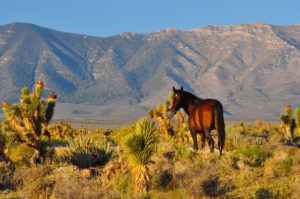
5. Horses Run Wild
In 1971, President Nixon signed into law the Wild Free-Roaming Horse and Burro Act, which protected said animals as “living symbols of the historic and pioneer spirit of the West”. Today, Nevada’s wild horse and burro population is booming, with more of them found here than anywhere else in the country. Local ranchers may not echo the sentiment of that law, however, as many of them believe Nevada’s thriving wild horse population is a blight on their business and claim they encroach on their cattle’s grazing land. There actually have been efforts made to attempt to control the horse population in recent years, including administering birth control to wild mares. For those who would like to view herds of these beautiful, free-roaming creatures, there are several areas in the state that provide the best opportunity to do so, including the Virginia Range near Reno.

6. It Doesn’t Hold a Lottery
Despite the fact that it’s home to the gambling capital of the world, Nevada is one of only seven states to not offer a statewide lottery. The law prohibiting state lotteries was originally ratified all the way back in 1864, more than six decades before gambling would be legalized in an effort to help combat the effects of the Great Depression. Though there have been attempts to relax the lottery ban over the years, the gambling industry has opposed such a measure, arguing that the state funds that could be gained from such a venture already exist through taxes collected by the income generated from casinos. Or, perhaps they simply oppose the idea of competing with any additional games of chance.
7. It’s Home to North America’s Oldest Mummy
In 1940, husband and wife archeologists Sydney and Georgie Wheeler unearthed what are believed to be the oldest known human remains ever recovered in North America. Buried deep within Spirit Cave – which is located just outside of Fallon, Nevada – the mummy was originally estimated to be somewhere between 1,500 and 2,000 years old, though more recent testing indicates it could date back as far as 10,000 years. The remains were housed in a Nevada State Museum storage building for more than 45 years, before recently being returned to indigenous tribespeople after genetic testing revealed the remains were most likely Native American.
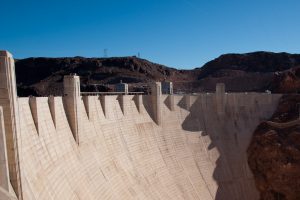
8. Hoover Dam was Originally Named Boulder Dam
At over 700 feet high and constructed of more than 3 million cubic yards of concrete, the Hoover Dam is one of the most impressive engineering feats of the twentieth century and one of the most well-known manmade structures on the planet. What most people may not know is that the dam was originally named after Boulder Canyon and Boulder City, the town that sprung up to house those who worked on the construction of the project. It wasn’t until 1947 that Harry Truman officially proclaimed the structure the Hoover Dam, in recognition of the former commander in chief’s contributions.

